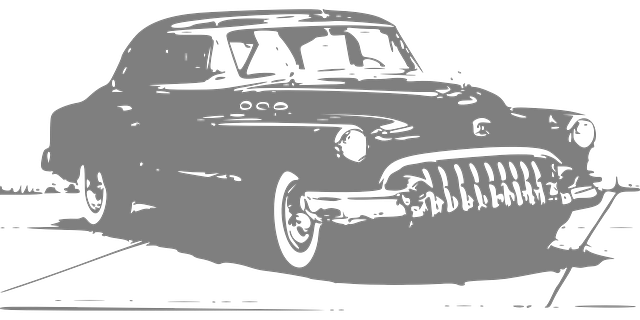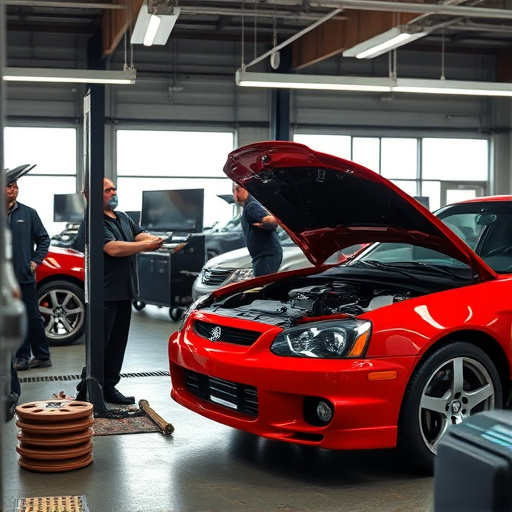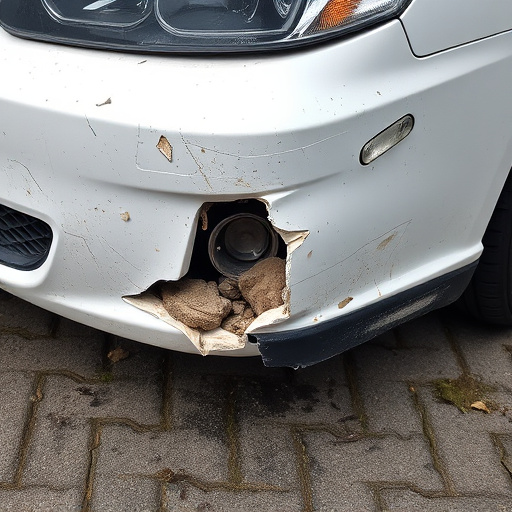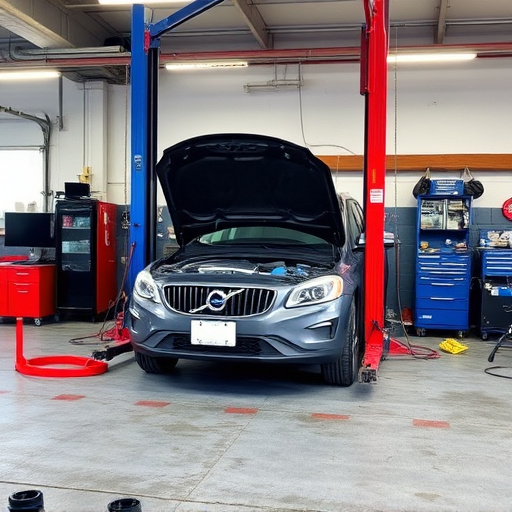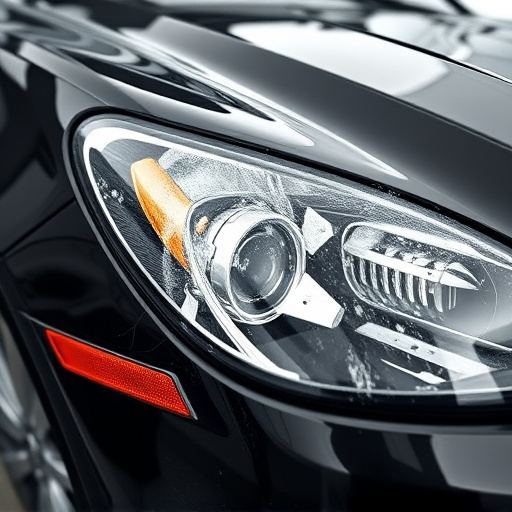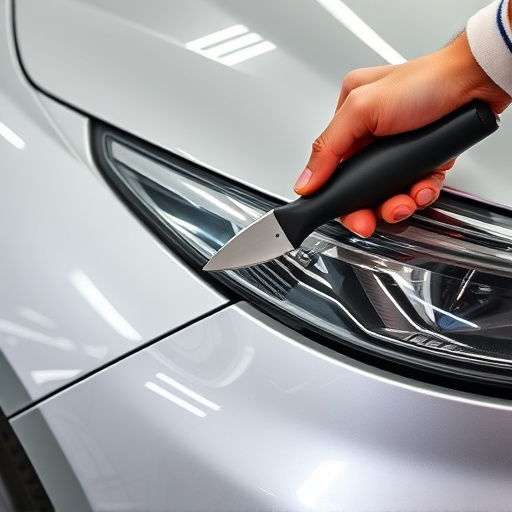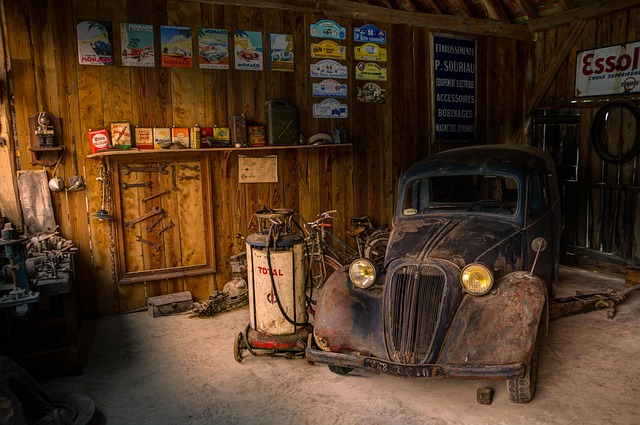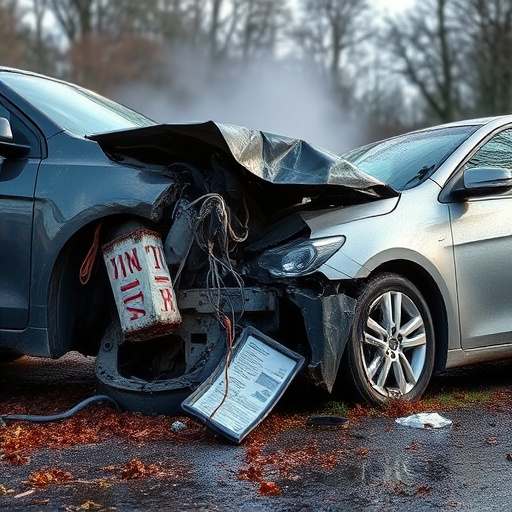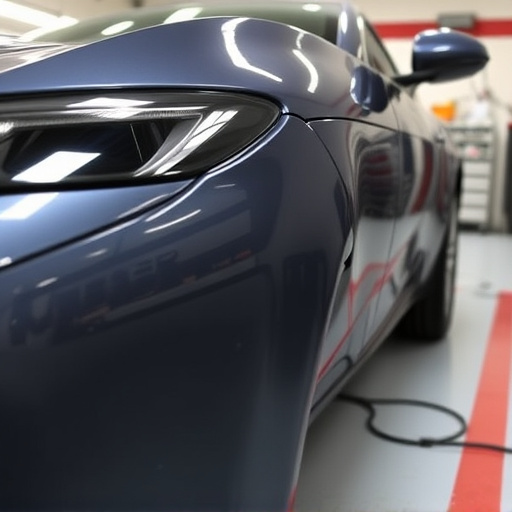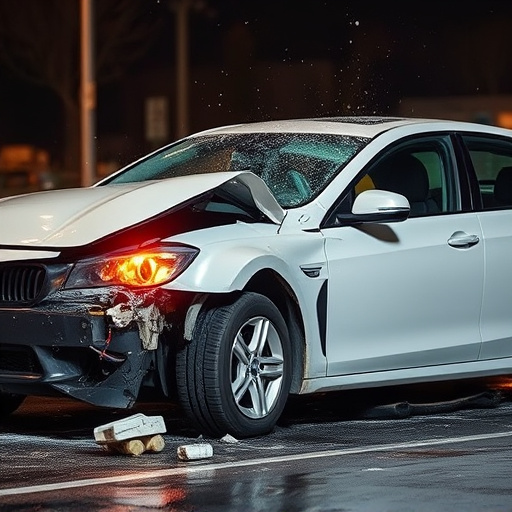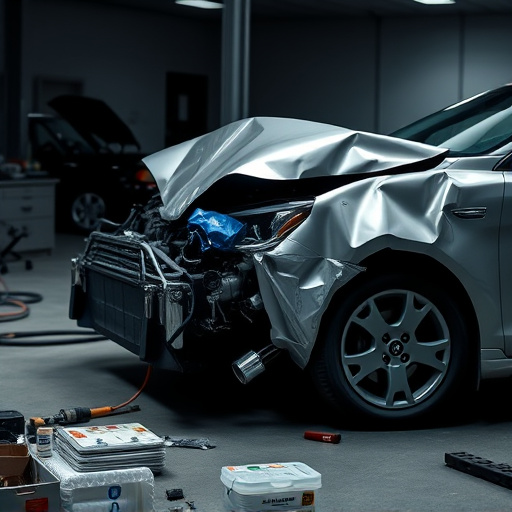Understanding insurance coverage for post-accident repairs is crucial. Standard policies cover basic body work but specialized procedures like car paint repair might require additional coverage. Assessing policy limits, deductibles ensures appropriate compensation for damages, including vehicle paint and collision repairs. Contacting insurers immediately after an accident guides the process, assists in choosing repair centers, and maintains clear communication for timely part ordering and quality repairs.
In the aftermath of an accident, understanding your insurance coverage for post-accident repair is crucial. This comprehensive guide aims to demystify the process, focusing on what’s covered, policy limits and deductibles, as well as navigating the claims process efficiently. By delving into these key aspects, you’ll be better equipped to ensure your vehicle returns to its pre-accident condition swiftly and with minimal hassle.
- Post-Accident Repair: What's Covered?
- Understanding Policy Limits and Deductibles
- Navigating Claims Process for Repairs
Post-Accident Repair: What's Covered?

When a car accident occurs, the immediate focus is often on emergency care and ensuring everyone’s safety. However, understanding your insurance coverage for post-accident repair is crucial. This includes assessing what damage is covered under your policy, whether it’s for personal liability, collision, or comprehensive claims. Many policies will cover the cost of fixing or replacing damaged parts, but there can be variances in what constitutes a “post-accident repair.”
For those owning luxury vehicles or managing fleet repair services, it’s essential to know that specialized repairs like car paint repair might fall under different terms and conditions. While standard policies often cover basic body work and mechanical repairs, more intricate procedures could require additional coverage or specific clauses within your insurance plan.
Understanding Policy Limits and Deductibles
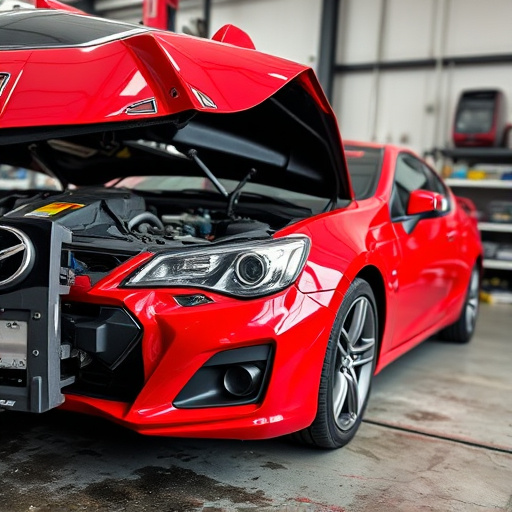
Understanding your policy limits and deductibles is a crucial step in navigating post-accident repairs for your vehicle. Your insurance policy sets clear boundaries on what’s covered, including specific limits for property damage and medical expenses. Policy limits represent the maximum amount your insurer will pay out for eligible claims related to an accident, whether that’s for vehicle restoration or collision repair costs.
Deductibles, on the other hand, are the amounts you’re responsible for paying out-of-pocket before insurance coverage kicks in. These can vary widely between policies and providers. By understanding these key components, you can better anticipate costs associated with post-accident repairs, such as vehicle paint repair or collision repair, ensuring you’re prepared financially when an unexpected incident occurs.
Navigating Claims Process for Repairs

Navigating the claims process for post-accident repairs can seem daunting, but understanding your rights and options is essential. The first step is to contact your insurance provider as soon as possible after the incident. They will guide you through the necessary steps, which typically involve filing a claim, providing details of the accident, and documenting any damages. It’s crucial to keep records of all communications, policies, and documents related to the claim for future reference.
Once the claim is approved, many insurance companies offer a range of body shop services to facilitate repairs, including car damage repair and auto glass replacement. They may direct you to specific repair centers or allow you to choose an independent shop. During this process, keep open lines of communication with your insurer and the chosen repair facility to ensure that all necessary parts are ordered promptly and repairs are carried out according to industry standards.
Understanding your insurance coverage for post-accident repair is crucial in ensuring your vehicle returns to pre-collision condition. By grasping policy limits, deductibles, and claims processes, you’re better equipped to navigate this often complex landscape. Remember that, while these steps provide a framework, each situation is unique. Take a dive into the specifics of your policy and consult professionals when needed to ensure a smooth post-accident repair experience.
